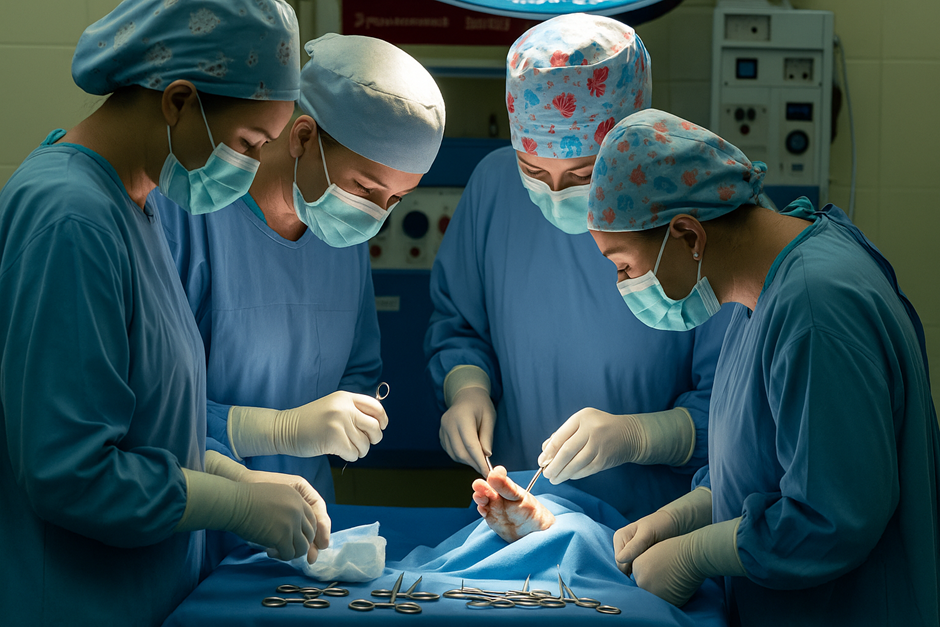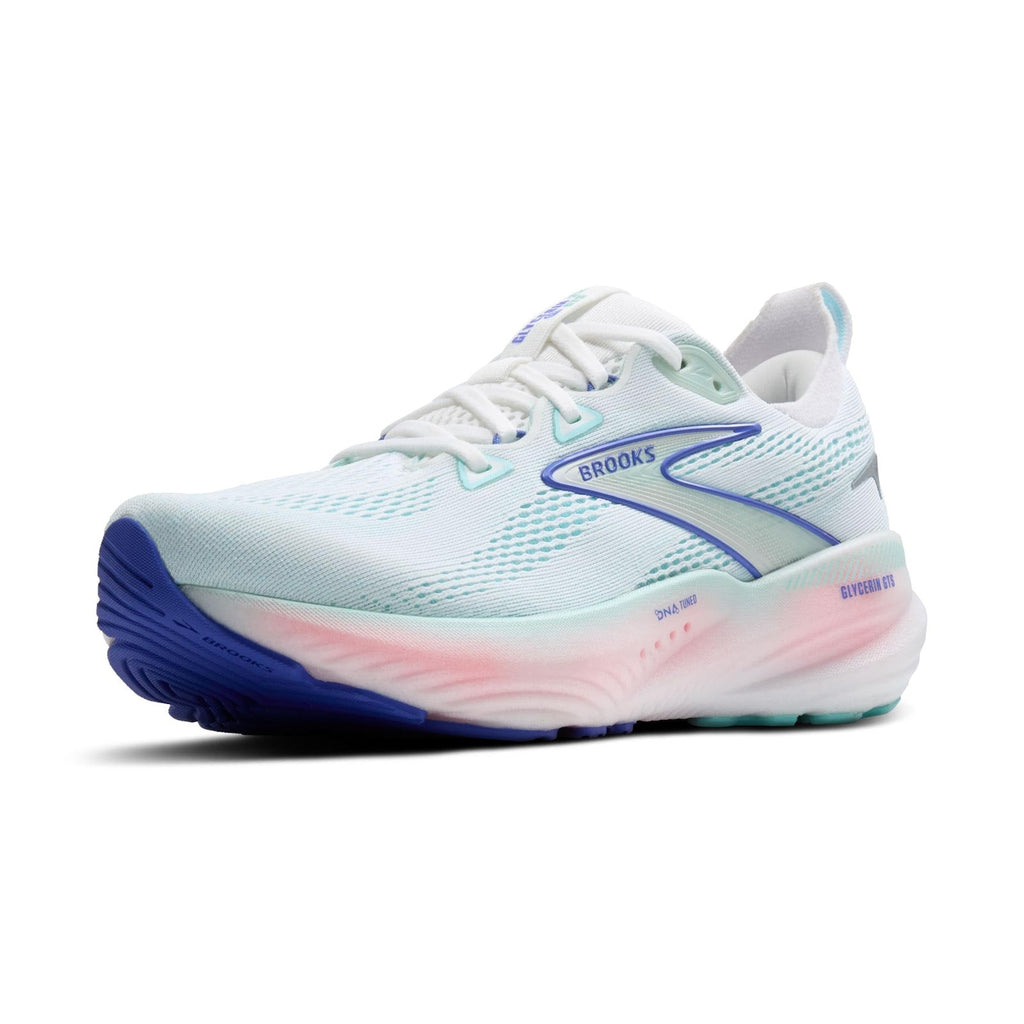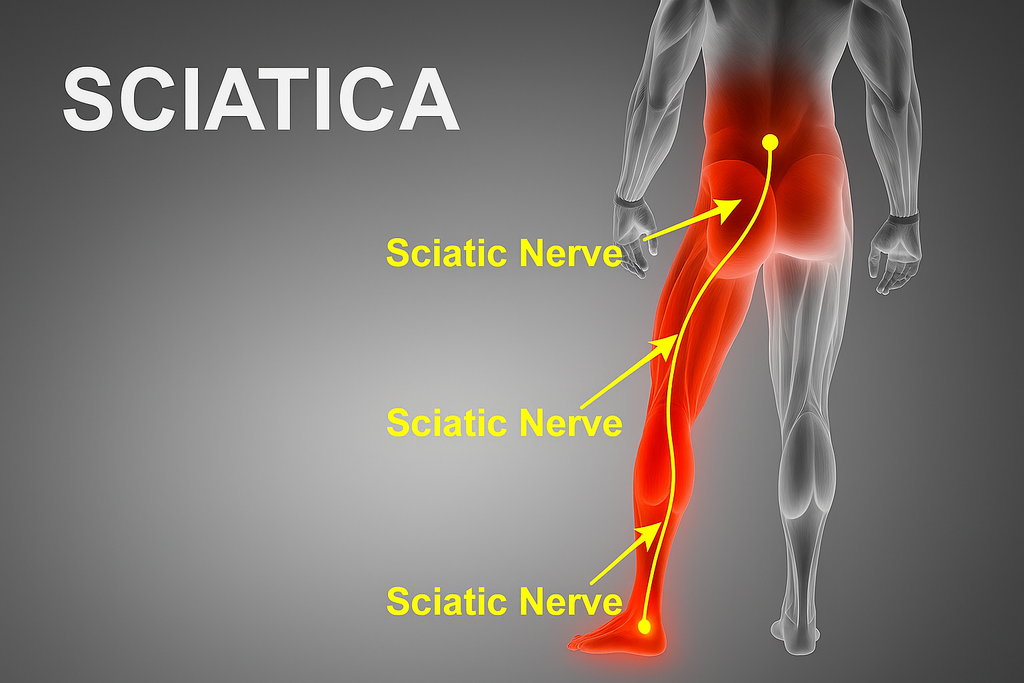Best Orthopedic Insoles for Flat Feet
Flat feet, also known as fallen arches or pes planus, is a common condition that impacts millions of people around the world. For some, there is no pain associated with the condition, while for others it can lead to debilitating pain in the arches, knees, hips, and even back, requiring the use of the best orthopedic insoles for flat feet.
Orthopedic insoles are a great first line of defense against flat feet. In this article, we will look at what goes into creating the best orthopedic insoles for flat feet so you know what to look out for when shopping for one.
Let’s jump right into it!
What are orthopedic Insoles?
An orthopedic insole is a specially designed arch-supporting device, which goes inside your shoes. While the insole that comes with your shoe is generally flat or only raised with flimsy foam, these insoles have a firmer raised arch. This arch support acts essentially as an artificial arch because you either don’t have one or it isn’t functioning properly. As you take steps, the orthotic arch stretches, flattening slightly like a shock absorber, absorbing the impact shock and transferring less of it to your foot. This reduces the strain on the feet, leading to reduced risk of pain and discomfort.
Important Features
If you are looking for the best orthopedic insoles for flat feet, you should make sure you look out for the following features when shopping for one:
Deep Heel Cup
A deep heel cup holds the heel in place and supports the back of the foot. Because people with flat feet lack arch support, their feet have a tendency to roll inwards as they walk or run, a condition known as overpronation. Overpronation leads to foot misalignment, which can result in pain throughout the kinetic chain. With a deep heel cup, the heel is stabilized, increasing balance and foot alignment.
Additionally, the heel cup can prevent the plantar fascia from stretching. Many people with flat feet also have plantar fasciitis, which is an inflammation of the plantar fascia. Anchoring the heel and preventing the PF from overstretching is an essential function of the orthopedic insole.
Arch Support
A good insole for flat feet needs to have a fairly firm arch support. Because individuals with flat feet lack arch support, it’s essential that they have an artificial one to help with weight redistribution and shock absorption during movement.
A normal arch acts like a spring or shock absorber, flattening a bit with every step and then springing back when the foot leaves the ground. Without adequate arch support, the foot will simply be slapping at the ground like a pancake. A situation which can lead to overpronation (the foot rolling excessively inwards) as the foot tries to dissipate the pressure across the entire sole of the foot. It also leads to increased strain on other structures of the feet and the entire kinetic chain as they try to compensate for the lack of arch.
Given this, the arch needs to be suitably rigid, or at least semi-rigid. If it’s just cushy, it might feel good to the touch but will not get the job done. It should also be durable so it does not collapse over a short period of use.
Custom Fit
An insole needs to fit the wearer's shoes and foot size. Just going to a store and picking out the average pair won’t do you much good. This is because the over-the-counter model is made for general use, not your foot. Even if you cut the pair with scissors, that is only adjusting the end of the orthotic. The problem will be that the arch area might not be in the right position. If the insole's arch is not exactly where your arch is, or should be, it can lead to increased pain and strain on the foot.
As such, make sure to get insoles that are made for your feet and your arch. Not all feet are the same, so get an orthotic that is a perfect fit for you.
Best Insole Choice - Stride Soles
For those with flat feet and looking for a solid orthopedic insole, inquire about Stride Soles custom orthotics. Like we were discussing above, Stride Soles has an 18mm deep heel cup, firm arch support, and is built unique to your foot to ensure a perfect fit.
Pros
-
Deep 18mm Heel Cup
-
5-7 Year Durability
-
Custom Made for You
-
Doctor Prescribed
-
Order in Minutes
Cons
-
$137 is not cheapest on the market
-
Takes 1-2 weeks to arrive
Materials
Stride Soles' base orthotic is made from military-grade TPU, which can hold up to years of walking. The TPU is arranged in a lattice-like pattern, which allows for smooth air passage to dissipate odor and sweat. The lattice pattern also brings down the total weight of the orthotic, as it is around ½ the weight of traditional plastic insoles.
On top of the orthotic is perforated vegan leather. This premium material has best-in-class grip that keeps the inserts from slipping around in the shoes. Similarly, the synthetic leather keeps its shape after years of use, much like its animal-made counterparts. In fact, the same leather is commonly used on the steering wheels of premium Porsche and BMW cars.
The mid-layer of Stride Soles' orthopedic insoles for flat feet is a 20 Shore Density EVA Foam, which allows for additional shock absorption without reducing the ‘spring effect’ of the insole. Many insoles opt for 1 mm, but Stride Soles went for double the amount, with 2 mm in foam.
Shape
As was discussed above, having a deep heel cup prevents the foot from moving around and stretching during walks. Any good insole should have a heel cup of at least 10 mm in depth. Stride Soles leads the way with an 18 mm heel cup, which is best-in-class as far as insoles are concerned. For example, Superfeet has a 12 mm deep heel cup!
Stride Soles Heel Cup
Customization
One of the unique features of Stride Soles' insoles is that each is completely custom-made for your foot. If you have an insole that is the wrong size, you risk doing your feet more damage than good. It’s no coincidence that top podiatry firms all offer custom pairs.
Stride Soles is no different and uses the exact same technology as you’d get in clinics. Using their smartphone app, you can create a 3D scan of your foot, which will serve as the base mold for the insole. This ensures that the arch area is exactly in the right spot as it relates to your foot shape.
Additionally, Stride looks at your gait pattern through a video upload of you walking in front of your camera. From this additional data we can understand if you are over/under pronating and if there is any leg-length discrepancy. With this, we can add more material to one side of your insole and ensure a mechanically correct gait pattern.
Conclusion
If there is just one point to take away from this article, it’s that a fairly rigid arch support is a key feature of the best orthopedic insoles for flat feet. Without arch support, the flat foot will continue to overpronate, leading to years of discomfort across the body.
If you have any questions regarding Stride Soles, be sure to email them at team@stridesoles.com. A medical professional is standing by to answer any of your questions or concerns.




